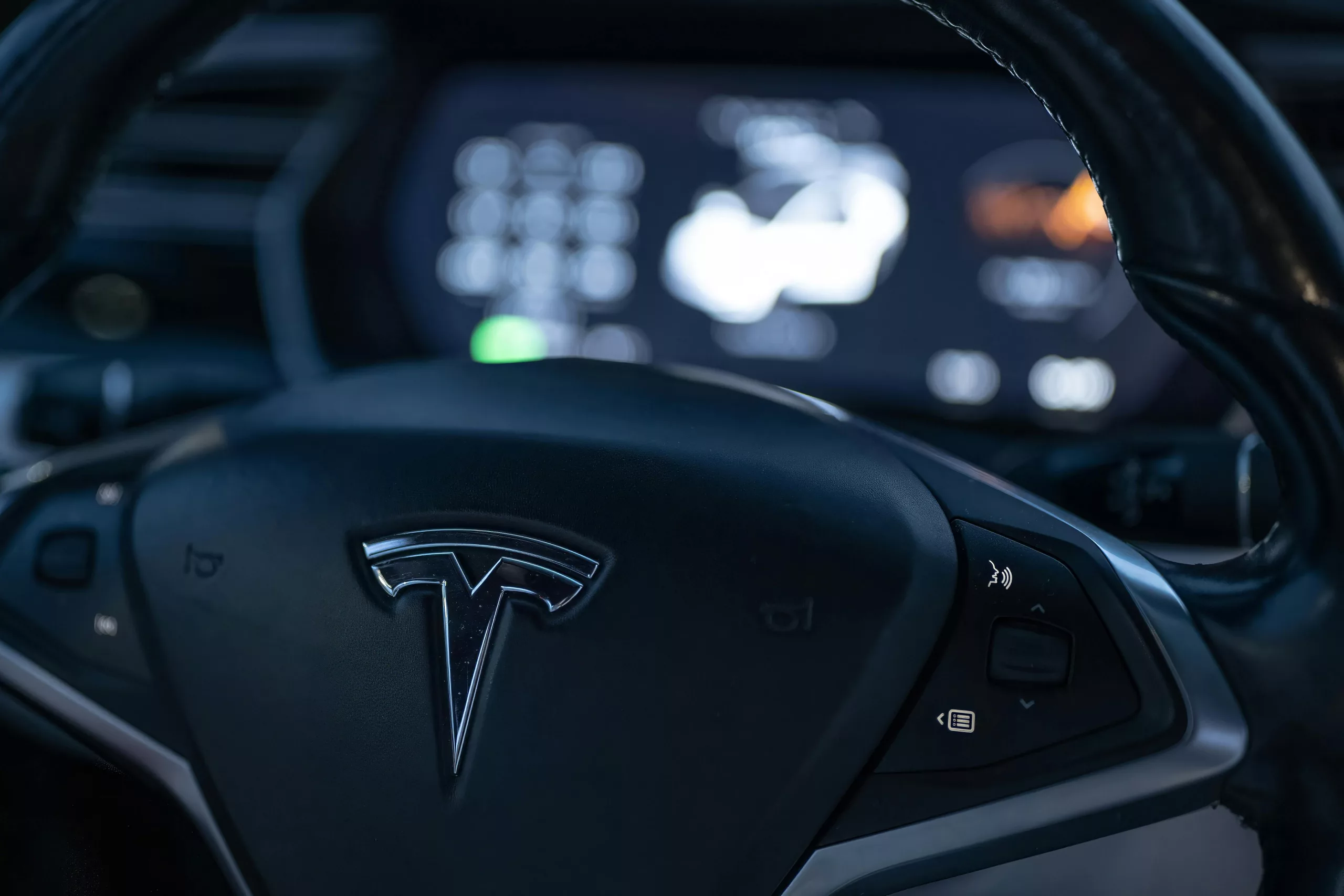Tesla Motors, renowned for its revolutionary approach to automotive design and technology, unveiled its ambitious roadmap with the “Secret Master Plan” – aiming for nothing less than a seismic shift in the car industry. This blueprint was not only daring but some might say, bordered on the fantastical.
At the heart of Tesla’s grand strategy was the Model 3, an electric vehicle designed for the masses that would defy skeptics and emerge as a game-changing player, ultimately reshaping transportation. Whether seen as the long-awaited “affordable” EV or not, the Model 3’s introduction marked the completion of Tesla’s initial vision and heralded a new era of profitability for the company. On its heels came the Model Y, conquering sales charts to become the world’s bestselling vehicle model. While some anticipate a smaller, cost-effective Tesla – possibly a Model C – it’s essential to recognize that this wasn’t included in Tesla’s original plan.
Enter The Second Phase: Master Plan, Part Deux
As 2016 unwound, Elon Musk contemplated the future, culminating in “Master Plan, Part Deux.” This was far from just a sequel; it was a labyrinth of broader, audacious goals that would push the envelope considerably further than its predecessor.
Dissecting Master Plan, Part Deux
Master Plan, Part Deux was an articulation of a utopian future, promising an array of innovations. But let’s take a closer look and evaluate the progress of each objective outlined in this sprawling narrative:
- Solar Roofs with Integrated Battery Storage: Tesla was positioned to revolutionize rooftops with their solar tiles technology, but as time tells, this ambitious goal hasn’t seen the widespread roll-out expected.
- Expansion of the EV Product Line: Musk teased the advent of diverse electric vehicles, yet tighter focus on what constitutes “major segments” leaves us wondering about the inclusion of different vehicle types and sizes, including vans or varying SUVs and trucks. Progress remains sluggish, especially regarding urban transport solutions, which are conspicuously absent.
- Self-Driving Technology: Tesla’s promise of a self-driving system far superior to human drivers has been met with anticipation, criticism, and scrutiny. Real-world, extensive data to corroborate safety claims is not available, casting doubt on the current state of Tesla’s autonomous driving capabilities.
- Personal Cars as Income Sources: The prospect of your Tesla doubling as a revenue-generating robotaxi has been an alluring one. Yet, despite promises, this vision is far from being realized, with personal Tesla vehicles still a long way from acting as autonomous taxis.
The ambitions set forth in the second master plan were nothing if not intriguing and boundless. However, despite signs of brilliance, Tesla is yet to fully bring this envisioned reality to fruition. The goals remain ahead of us, sometimes feeling more distant than ever, leaving us to wonder when, or indeed if, Tesla’s all-encompassing master plan will seamlessly transition from paper to pavement.
While time has shown the challenges of meeting such lofty expectations, the journey Tesla embarked on continues to inspire and provoke the imagination. Whether Tesla will manage to fulfill this master plan or not, one thing is certain: the automotive landscape will never be the same.
